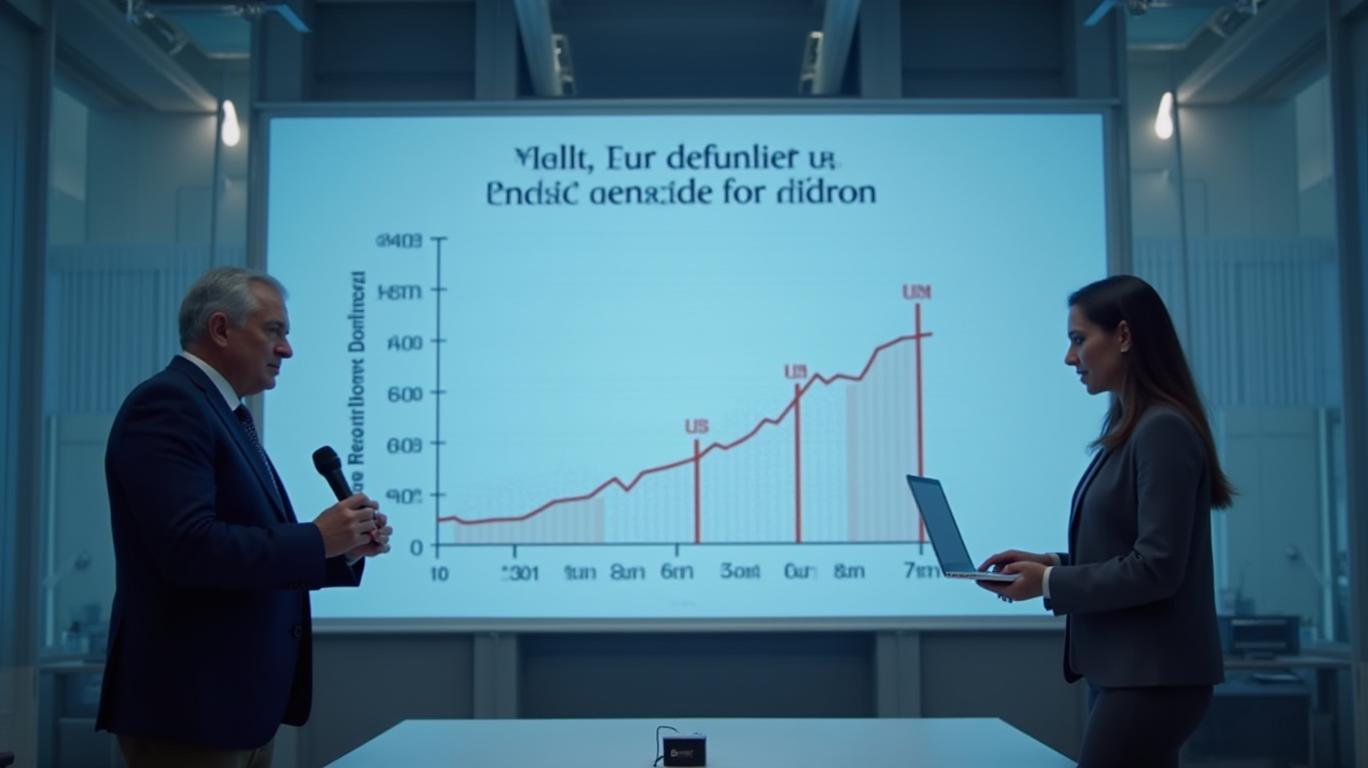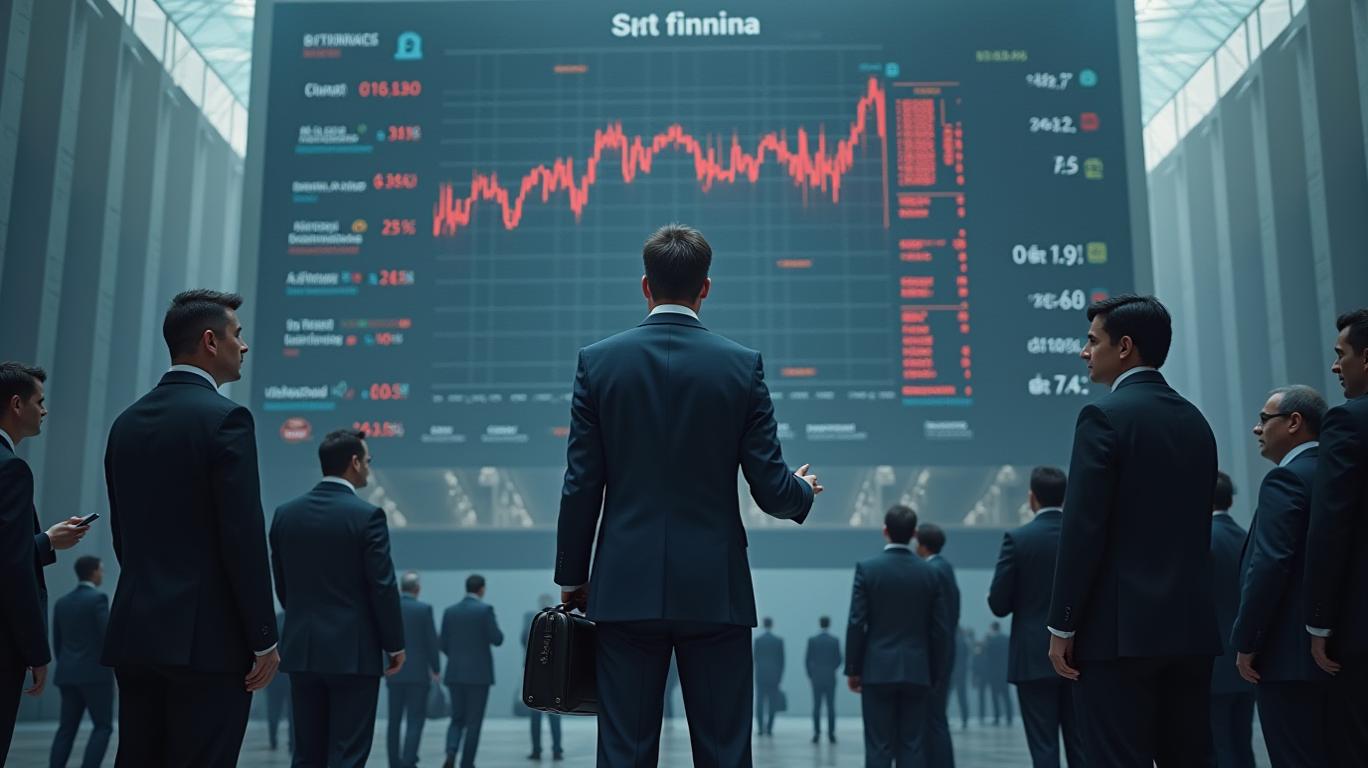Bitcoin Drops 0.79% Below $81,000 Mark
Bitcoin, the world's largest cryptocurrency by market capitalization, experienced a notable decline on March 13, 2025, falling below the $81,000 mark. According to market data, Bitcoin's price dropped to $80,970, marking a 24-hour decrease of 0.79%. This price movement indicates a slight correction in the cryptocurrency's recent upward trend, which had seen it surpass the $81,000 threshold earlier.
The drop in Bitcoin's price can be attributed to several factors, including market sentiment and investor behavior. Cryptocurrencies are known for their volatility, and even small fluctuations can lead to significant price movements. In this case, the 0.79% decrease, while relatively minor, highlights the sensitivity of the market to changes in demand and supply dynamics.
Investors and traders closely monitor such price movements as they can provide insights into the overall health of the cryptocurrency market. A drop below a key psychological level, such as $81,000, can sometimes trigger further selling as traders look to secure profits or cut losses. However, it is important to note that short-term price movements do not necessarily indicate a long-term trend.
Despite the recent decline, Bitcoin has shown resilience and has continued to attract interest from both retail and institutional investors. The cryptocurrency's underlying technology, blockchain, remains a subject of significant innovation and development, with potential applications across various industries. As such, many investors view Bitcoin as a long-term investment opportunity rather than a short-term trading asset.
In conclusion, while Bitcoin's drop below $81,000 may have raised some concerns among investors, it is essential to consider the broader context of the cryptocurrency market. Short-term price movements are a common occurrence in the volatile world of cryptocurrencies, and they do not necessarily reflect the long-term potential of Bitcoin or the blockchain technology that underpins it. As the market continues to evolve, investors will need to remain vigilant and adapt to changing conditions to maximize their returns.



_cbf77e8c1748017079428.jpeg)







